When I visited Vigan a year ago, I wasn’t that wowed by the ancestral houses flanked on Calle Crisologo maybe because I grew up having my grandma’s house just adjacent to our home. However, a different feeling tickled me when I had a short walking tour around the streets of Silay City where heritage houses are located. Because of this, together with the city’s artistry, it is labeled as the Paris of Negros having around 30 houses considered as historical landmarks.
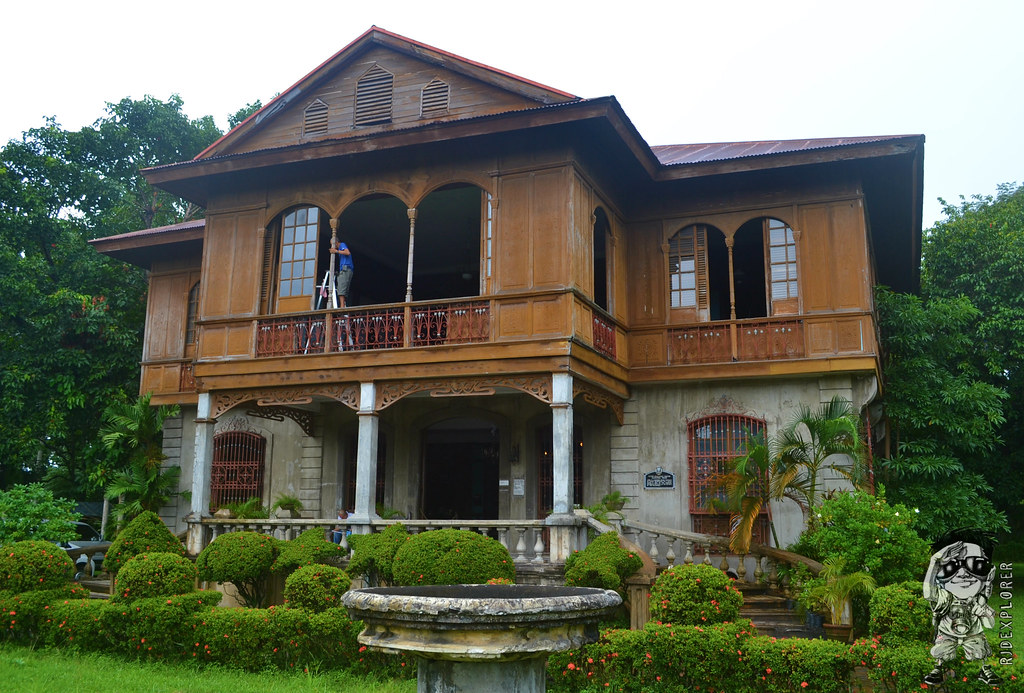
Notable houses being visited by tourists include the Bernardino Jalandoni Museum, Balay Negrense, Lacson Ancestral House and Hofileña Ancestral House. We did a do-it-yourself tour around the area and started it at Bernardino Jalandoni Museum also known to many as the pink house.
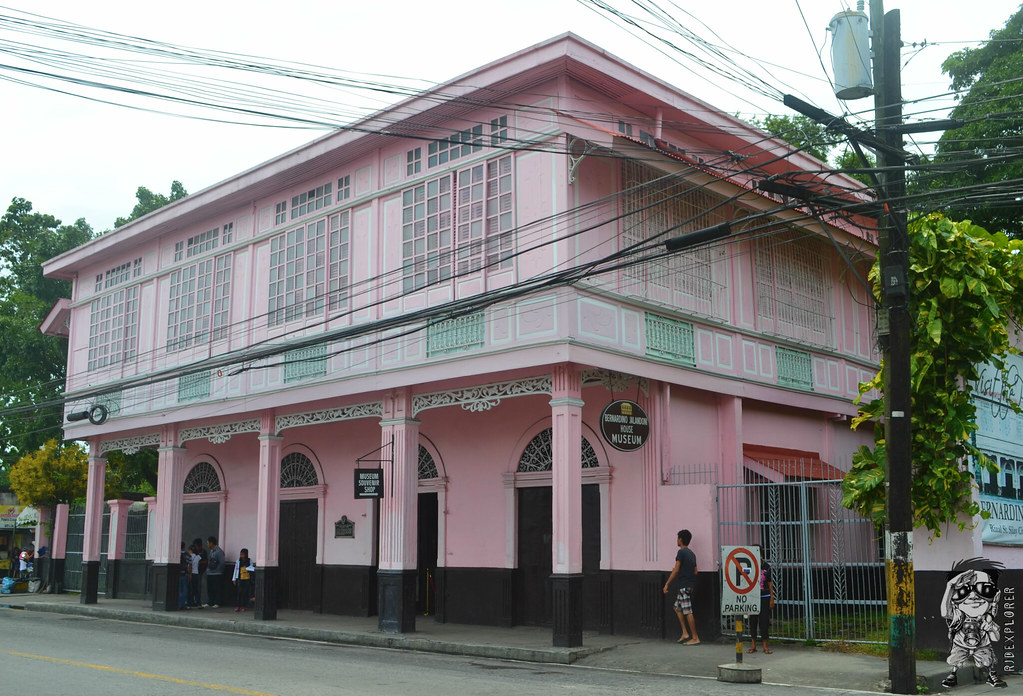
PINK HOUSE: Bernardino Jalandoni Museum
Museum fee of Php50 is being collected upon arrival. There’s nothing much displayed on the lower ground of the house aside from a wood carving from a Santol root and a weaving tool that was used during the large-scale weaving industry in the 18th century before the sugar industry in emerged Negros.

A lady on her Filipiniana costume willingly tours everyone around the house. The upper floor houses the memorabilia of the family such as: beds, wardrobes, images of Sto. Niños, the “butaka” chair, some missal and prayer books, ceramics, wooden chests, and musical instruments on the main hall. The ceiling of the house on the upper floor is also amazing having intricate details. On the rear side of the lower ground are old photos of Silay and Bacolod as well as Manila in the 1920’s. In addition to this is a doll collection by Bella Rivas Galang.
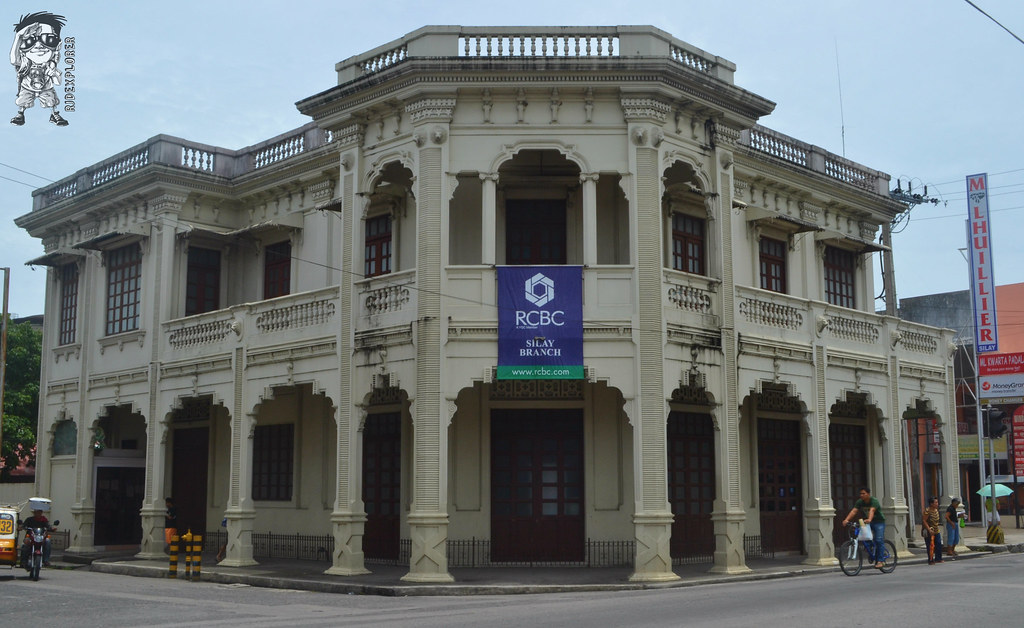

Another remarkable structure along Rizal Street is the Maria Golez Ancestral House now being occupied by RCBC. Next stop was the San Diego Pro Cathedral with a simple yet classic façade having two steeples for the bell and clock towers. The interior of the church really captivated me with the great structure of the ceiling under its cupola. The stained glasses featuring the Nativity and the Baptism of Christ will also enthrall everyone visiting the cathedral.
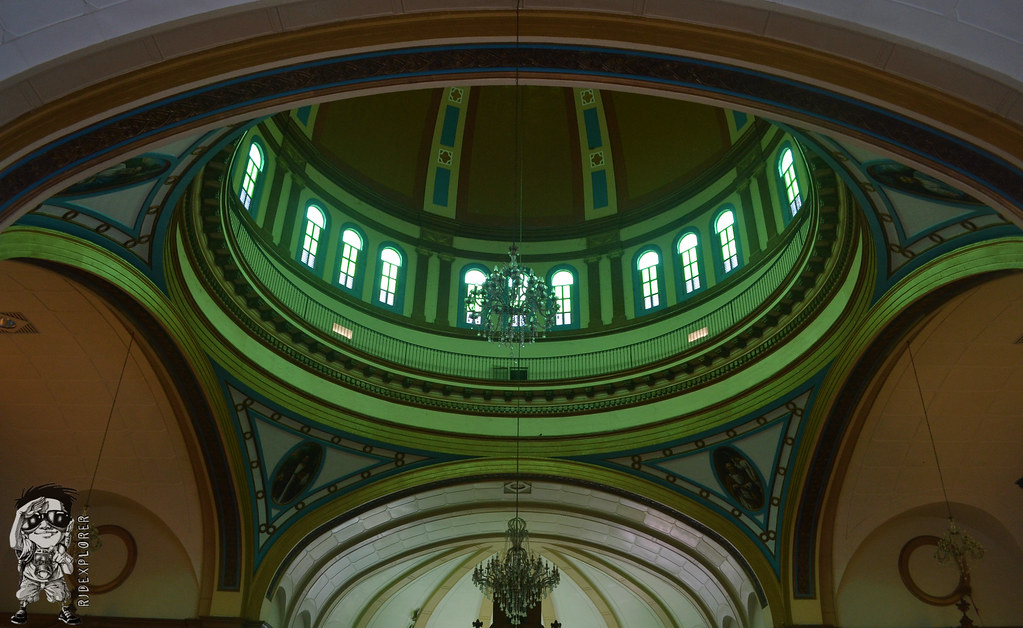
GUAPPLE PIE of El Ideal
To cool down a bit, we decided to taste the famous guapple pie of El Ideal Bakery located at the lower ground of the Cesar Lacson Locsin ancestral house. I didn’t imagine that an unusual fruit filling for a pie together with the cinnamon will give us a unique experience. We also tried some of their best sellers: buko pie and fresh lumpia.


Dessert came first before lunch. After El Ideal, we dropped by Café 1925 located few meters from the bakery. The restaurant is located near the Leandro dela Rama Locsin ancestral house and can be recognized by the stained-glass window. Heavy rain poured right after we settled inside the café where I enjoyed a serving of their meal for the week, Herb Chicken with Misuno Rice.

Fortunately, weather went fine when we finished our lunch and continued wandering around the streets. We traced Ledesma Street in searched for Balay Nagrense. We turned right to Don Generoso Gamboa Street and passed by another ancestral house of Delfin Ledesma – Ledesma. We then went left when we reached Zulueta Street straight into Cinco de Noviembre Street where Balay Negrense is situated.
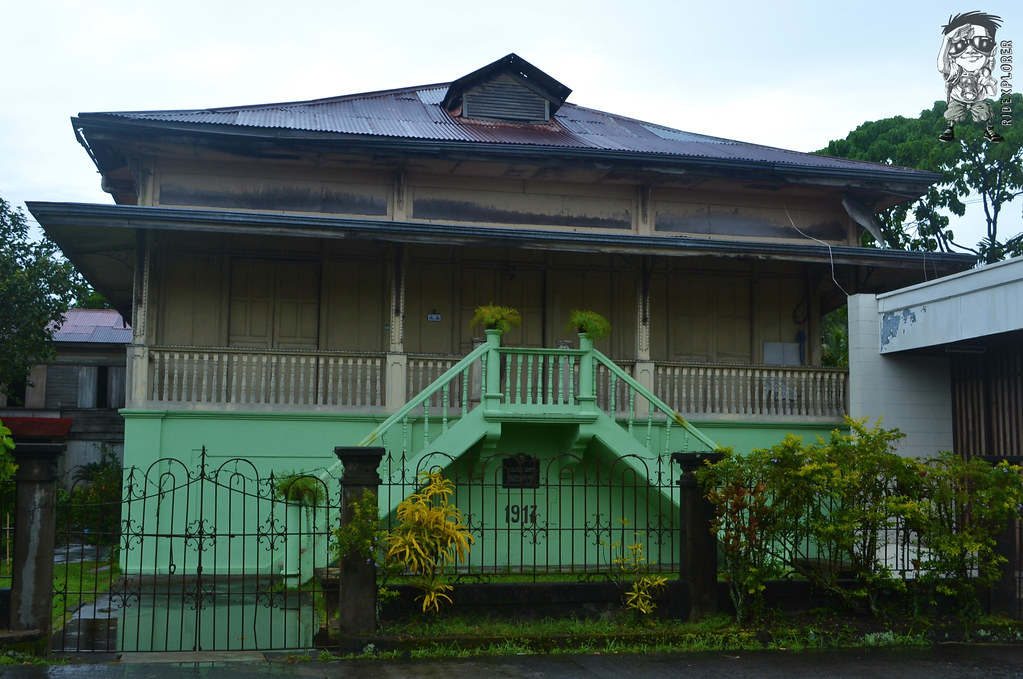
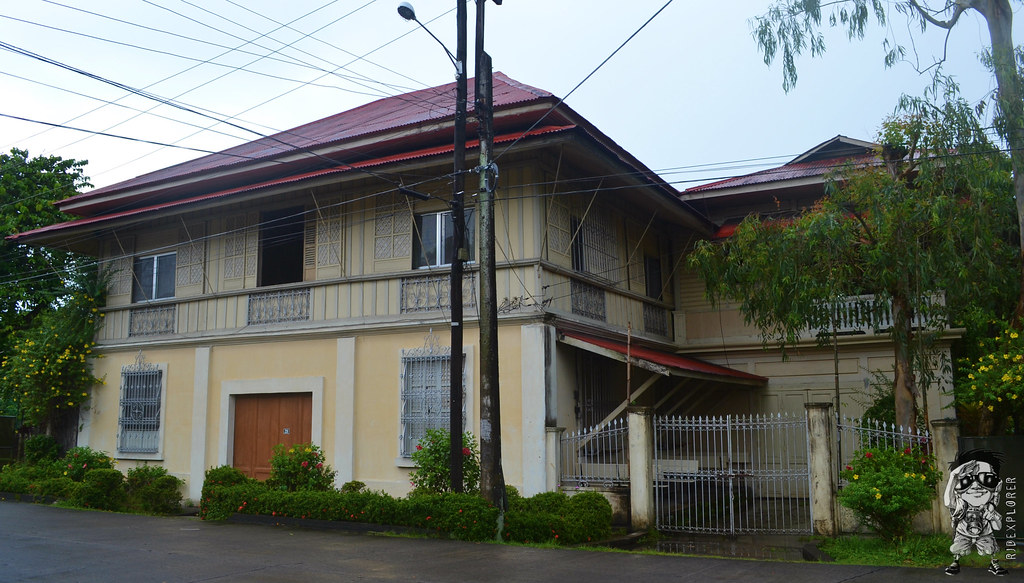
BROWN HOUSE: Victor Fernandez Gaston
The ancestral house-slash-museum is very famous in the entire region and having the opportunity to visit it brings a chilling feeling of fulfillment. I was just standing at the gate for about a minute staring at the house. Entrance fee is Php 50 for adults. The house was built in 1898 in accordance with the plan of the owner, Don Victor Leopold Gaston Y Fernandez. Interesting things to note are the atypical staircase, an old (and maybe first then) motorized bicycle and a Chickering Boston piano.
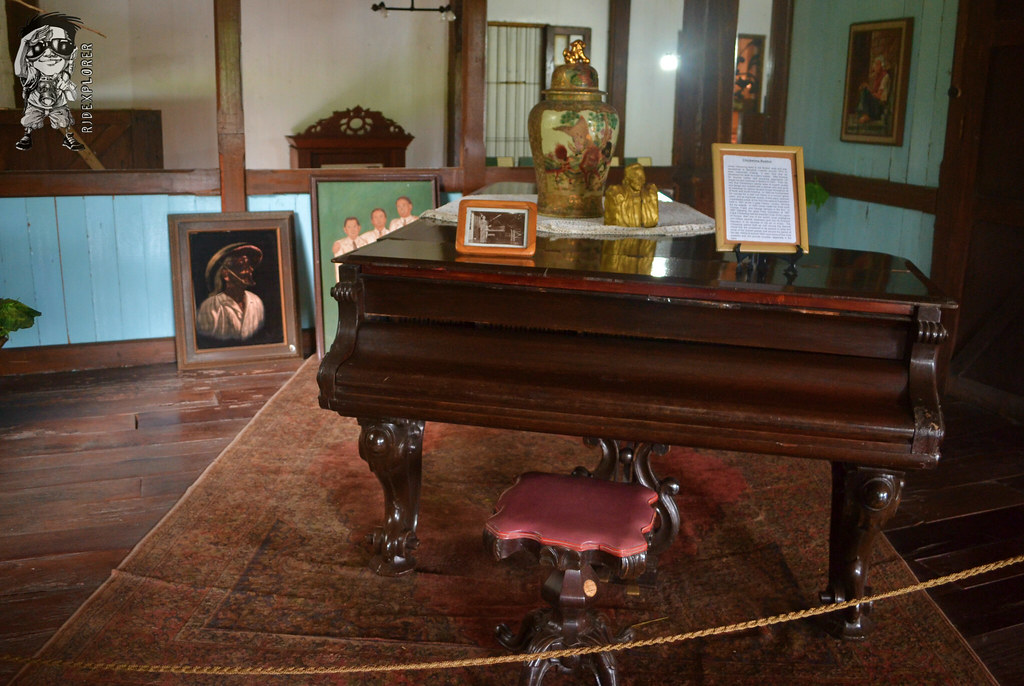
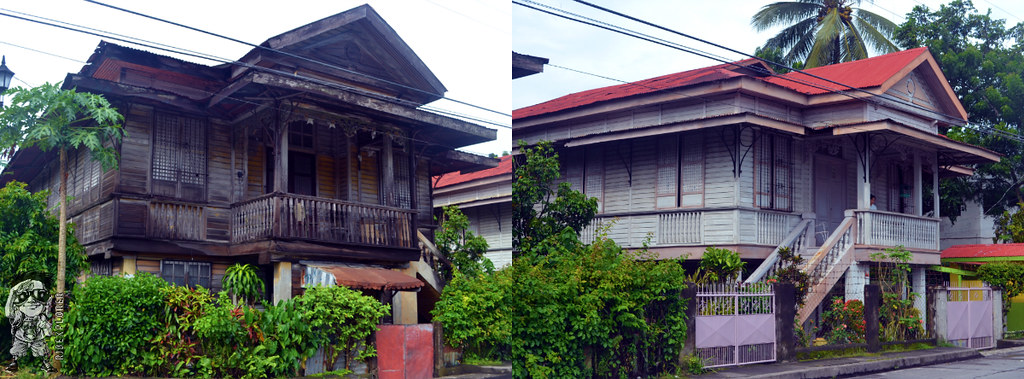
After spending some time in Balay Negrense, we decided to leave and went straight to Manuel Hofilena Ancestral House which was unluckily closed during that day. We also passed by Generoso Gamboa Ancestral Twin Houses before ending our heritage tour around Silay City and officially closing my 5-day travel to Guimaras, Iloilo and Negros Occidental.

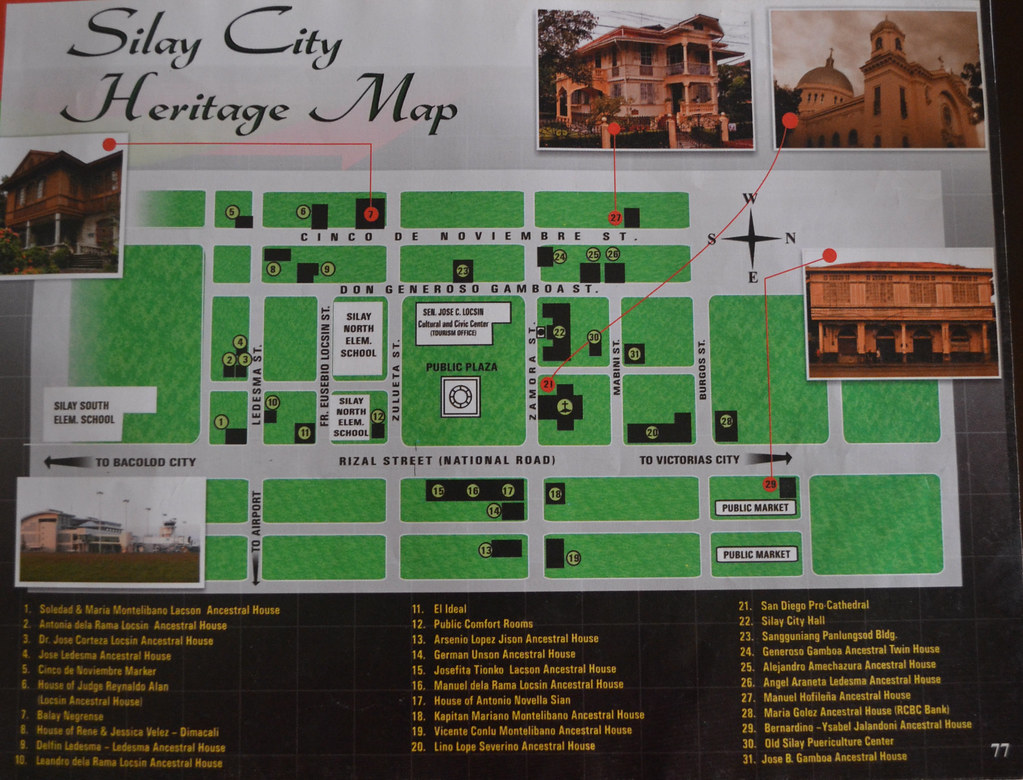
Roaming around the vicinity of the city makes me appreciate the efforts being exerted by everyone behind the preservation of these houses for they only not maintain the structure and charm but also the part these houses played and shared to our rich history.







